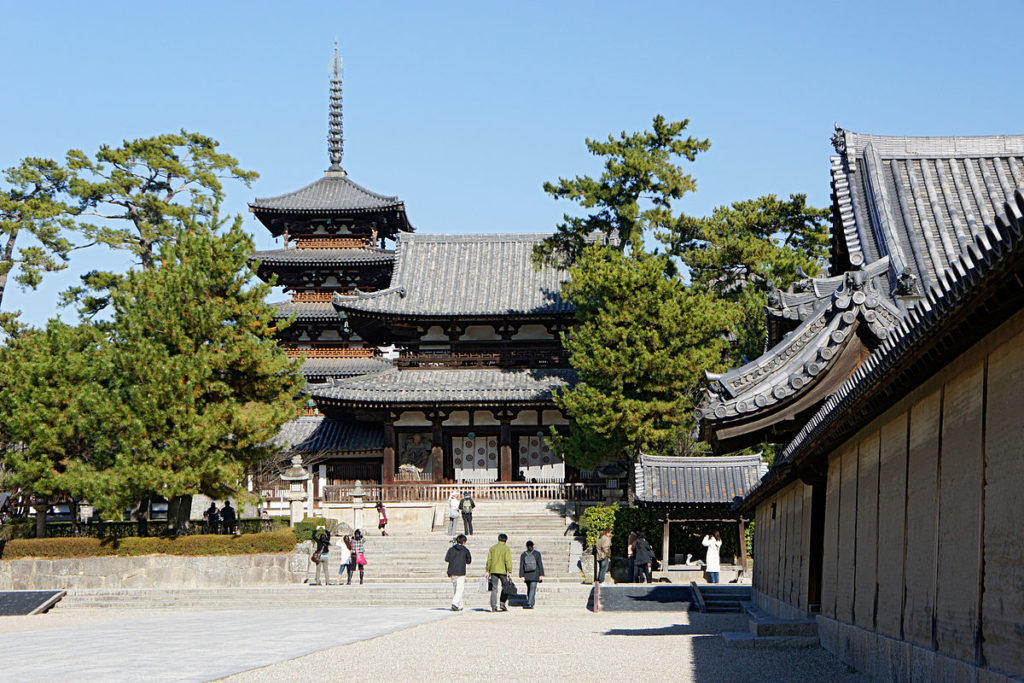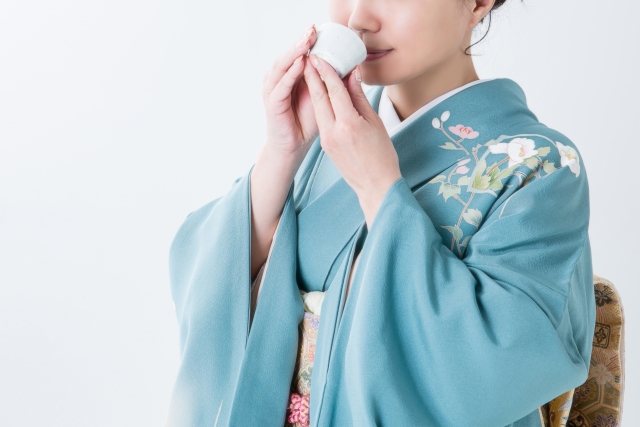
Sake is a type of pure liquor, usually made from rice (mainly sake rice), malted rice, and water.
This sake is brewed using a method unique to Japan.
Sake is said to be difficult to understand because there are so many different types.
Here is a brief description of the different types of sake and their names.
Types of Sake
The alcohol content of a typical sake is 15-16%.
In order to meet the needs of consumers who prefer lighter sake, such as women and young people, and to compete with Western-style sake, including exports, low-alcohol sake is being developed and marketed one after another, with alcohol content in the 6-8% range, slightly higher than beer, or in the same range as wine (low 10% range).
First of all, sake made from rice.
Sake is divided into two categories: “designated sake” and “regular sake”.
“Designated sake” is given a specific name to sake that meets the requirements of ingredients and rice polishing ratio.
“Designated sake” and “Regular sake”
| Designated sake | It is made from brown rice that has been graded 3rd grade or higher by a rice inspection, or white rice that has been milled from brown rice equivalent to 3rd grade or higher, and the ratio of koji rice used (the ratio of koji rice weight to white rice weight) is at least 15%. Depending on the ingredients and rice polishing ratio, sake is classified as Honjozo-shu, Junmai-shu, or Ginjo-shu. |
| Regular sake | The majority of sake in general circulation is classified as ordinary sake. It is made from rice, rice koji, water, sake lees, and secondary ingredients (such as brewing alcohol), and meets the condition that the weight of the secondary ingredients does not exceed the weight of the rice and rice koji. |
Classification of “Designated sake”
The basic ingredients used are rice, rice koji, and water, and depending on the presence or absence of brewing alcohol, there are three main types: Ginjo, Junmai, and Honjozo.
There are eight types of sake, which can be further classified.
| Classification of “Designated sake” |
Ginjo-zukuri and Rice polishing ratio ≤50 |
Ginjo-zukuri and Rice polishing ratio ≤60 |
Special production methods or Rice polishing ratio ≤60 |
None in particular |
| Brewing alcohol: None (“junmai”) |
Junmai Daiginjo | Junmai Ginjo | Special Junmai | Junmai |
| Brewing alcohol: Yes | Daiginjo | Ginjo | Special Honjozo | Honjozo ※Rice polishing ratio ≤70 |
Ginjo-zukuri
Ginjo-zukuri means brewing after careful examination, and is traditionally defined as the brewing of white rice that has been milled to a high level, fermented slowly at a low temperature, with a high proportion of dregs to produce a distinctive aroma.
Rice polishing ratio
Polishing is the process of shaving brown rice to remove the bran and turn it into white rice.
The milling ratio of edible rice is about 90%, which means that the surface layer of the rice is polished by about 10%.
In the sake brewing process, the surface layer of the rice is further polished.
The surface layer of rice contains nutrients such as protein and starch, and if there are too many nutrients, it can cause the sake to taste muddy and inhibit the aroma.
It takes time and effort to polish each grain of rice, so in general, the higher the rice polishing ratio, the higher the quality of sake.
Special production methods
The standard for sake is junmai, but it is sometimes described as “special junmai” or “special honjozo” because it is brewed in a special way.
However, there is no clear standard for what constitutes a “special brewing method,” and it is left to the discretion of each sake brewery.
The label must state why the product is a special junmai.
Degree of sweetness and spiciness and degree of intensity
You may see numbers on the labels of sake or on the menu at an izakaya.
These numbers are the sweetness and spiciness, and the lightness and darkness, and are used to select the sake you like.
(1)Degree of sweetness and spiciness
These values indicate the degree of sweetness and spiciness.
| Very spicy | Fairly spicy (less spicy than very spicy) |
Slightly spicy |
Midway between spicy and sweet |
Slightly sweet |
Fairly sweet (less sweet than very sweet) |
Very sweet |
| -3 | -2 | -1 | 0 | 1 | 2 | 3 |
(2)Degree of intensity
This value indicates the degree of intensity of flavor.
The more positive the value, the more intense the flavor.
How to Drink Sake: Temperature
One of the characteristics of sake is that it can be enjoyed at different temperatures.
There is a temperature that suits each type of sake and makes it taste good, and there is also a temperature that each person prefers.
Trying different temperatures is a great way to enjoy drinking sake.
| Temperature | Name | Outline |
| Around 55°C | Tobikiri Kan | When you hold a sake bottle, it feels quite hot. A temperature suitable for “Hire sake”. |
| Around 50°C | Atsu Kan | Sake that feels hot and steamy when you hold the sake bottle. It is suitable for dry sake. |
| Around 45°C | Jou Kan | It is slightly warmer than “Atsu Kan”. The temperature at which the aroma and taste are tightened. |
| Around 40°C | Nuru Kan | It is the temperature at which you feel warm when you drink it. It has a sweeter and richer taste. |
| Around 35°C | Hitohada Kan | It is about the temperature of human skin, which feels lukewarm when you drink it. It has more flavor and is mellower on the palate. |
| Around 30°C | Hinata Kan | The temperature is slightly higher than room temperature. The aroma is enhanced and the taste is smooth. |
| 20-25°C | Hiya | It is almost always at room temperature. It is the temperature at which its original flavor can be best enjoyed. |
| Around 15°C | Suzu Hie | The temperature of sake is the temperature at which it has been taken out of the refrigerator and allowed to cool to room temperature for a while. The temperature feels a little cold. |
| Around 10°C | Hana Hie | Temperature out of the refrigerator in the summer, room temperature in the winter. The temperature at which the aroma gradually spreads. |
| Around 5°C | Yuki Hie | A well-chilled temperature. This is the temperature at which you can enjoy the gorgeous aroma and fruity type of Ginjo. |
How to Drink Sake: How to Pour and Sip
Communication between the receiver and the pourer.
There is a gesture that looks beautiful.
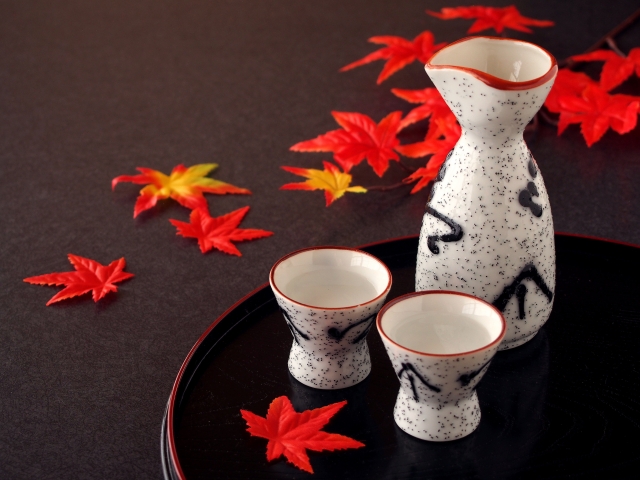
| ステップ | 受け手 | 注ぎ手 |
| Step 1 | Before asking someone to pour you sake, take a sip of the remaining sake in the Sakazuki(sake cup), then hold the cup in your right hand and place your left hand underneath the cup to make it look more beautiful. | How to Drink Sake: How to Pour and Sip Hold the Tokkuri(sake bottle) firmly with your right hand, place your left hand near the spout, and pour gently so that the sake bottle does not touch the sake cup. |
| Step 2 | When pouring, always hold the sake cup in your hand. Hold the sake cup in your right hand and place your left hand under the cup. | From the beginning of the pour, pour in a thin, thick, and thin stream, and at the end of the pour, gently turn the mouth of the sake bottle toward you to prevent the sake from dripping. |
| Step 3 | After the sake has been poured, take a sip and place the sake cup on the table. | ― |
How to Drink Sake: Morikoboshi
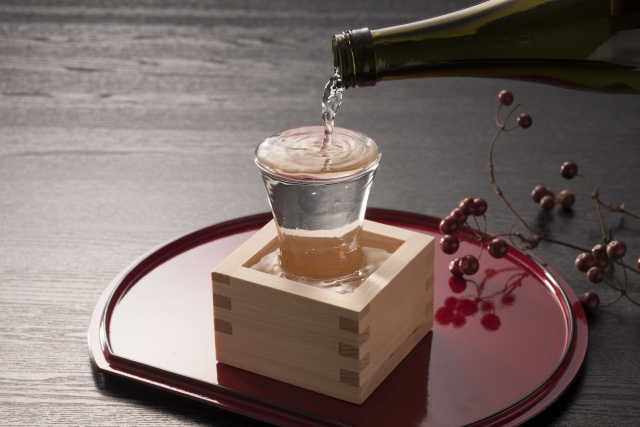
There is a method of pouring sake called “Morikoboshi” in which the glass is placed on a square or plate and poured until it overflows.
“Morikoboshi” is to pour it just to the edge of the glass and spill it on a plate or a square.
It is said to be a way to show how generous the sake restaurant is in serving you.
Although there is no particular “right” way to pour or drink sake, here are some of the smartest ways to drink sake.
- Pick up the glass by the mouth and take a sip or two until you can lift the glass.
Spilling a little bit of sake from the glass onto a square or plate will make it easier. - Lift the glass from the masu and put as much of the sake from the glass back into the masu or plate as possible.
- Wipe the bottom of the glass with a hand towel.
- Enjoy the glass of Sake.
- You can transfer the sake from the masu to a glass, or drink it from the masu.
How to Drink Sake: What Not to Do
| peep Tokkuri | Look inside the Tokkuri(sake bottle) to see if there is any sake left. |
| Shuri Tokkuri | Shake the sake bottle to see if there is any sake left in it. |
| To put two or more Tokkuri together | Gathering the remaining sake little by little and combining them into a single sake bottle. |
| Pouring with the opposite hand | Pouring sake with the palm of the hand facing up is a non-congratulatory gesture. |
| Upside down Sakazuki(sake cup) | To place a sake cup on the table with the cup inside out. |
| Pouring the sake into a Sakazuki(sake cup) | To pour a generous amount of sake into a glass or sake cup. |
“Sugidama(Cedar ball)” at the sake brewery
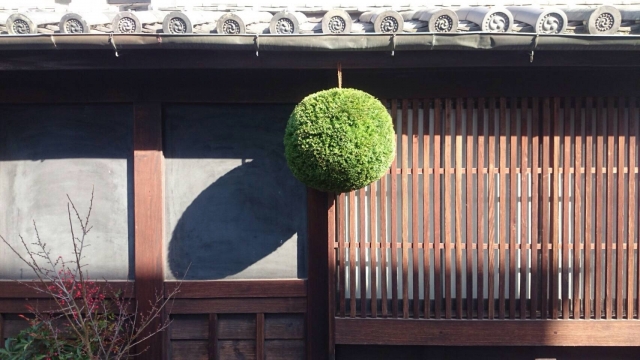
Have you ever seen a big ball hanging under the eaves of a sake brewery?
They are called “Sugidama” and are decorated for a reason.
The “Sugidama” is displayed during the season of new sake.
It means, “We have made new sake this year”.
At first, Sugidama are green, but their color naturally changes from green to light green to brown as the sake matures.
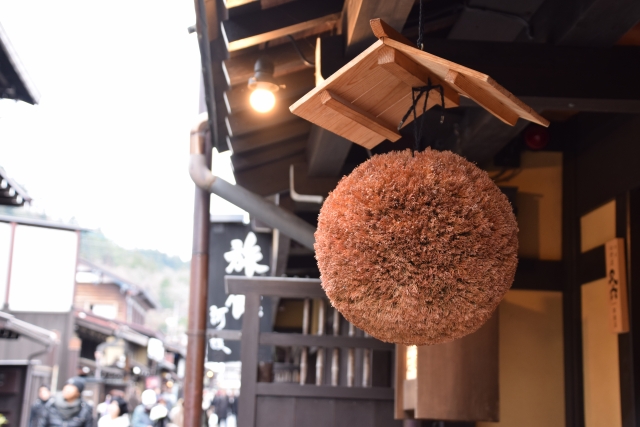
By learning more about sake, you will not only be able to enjoy the taste of sake, but you will also be able to make the people around you feel good about drinking it.






